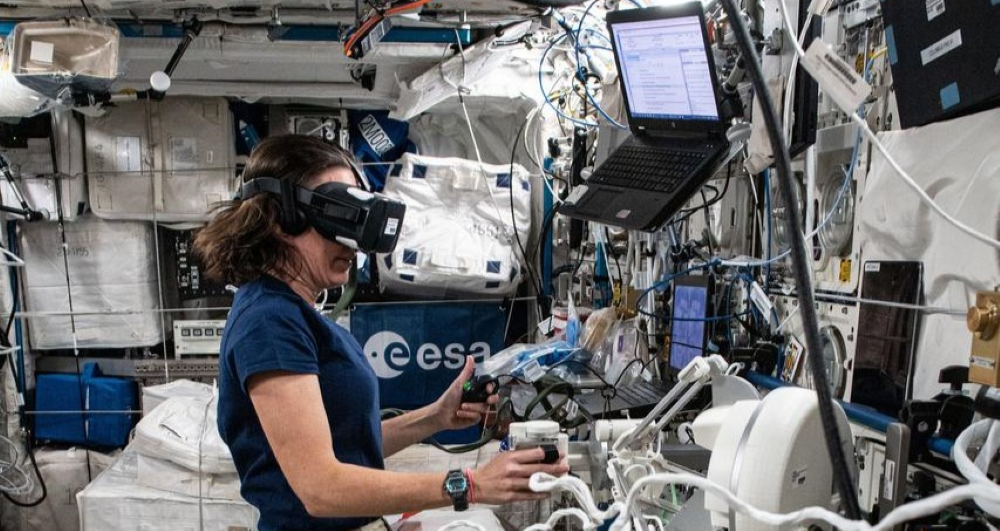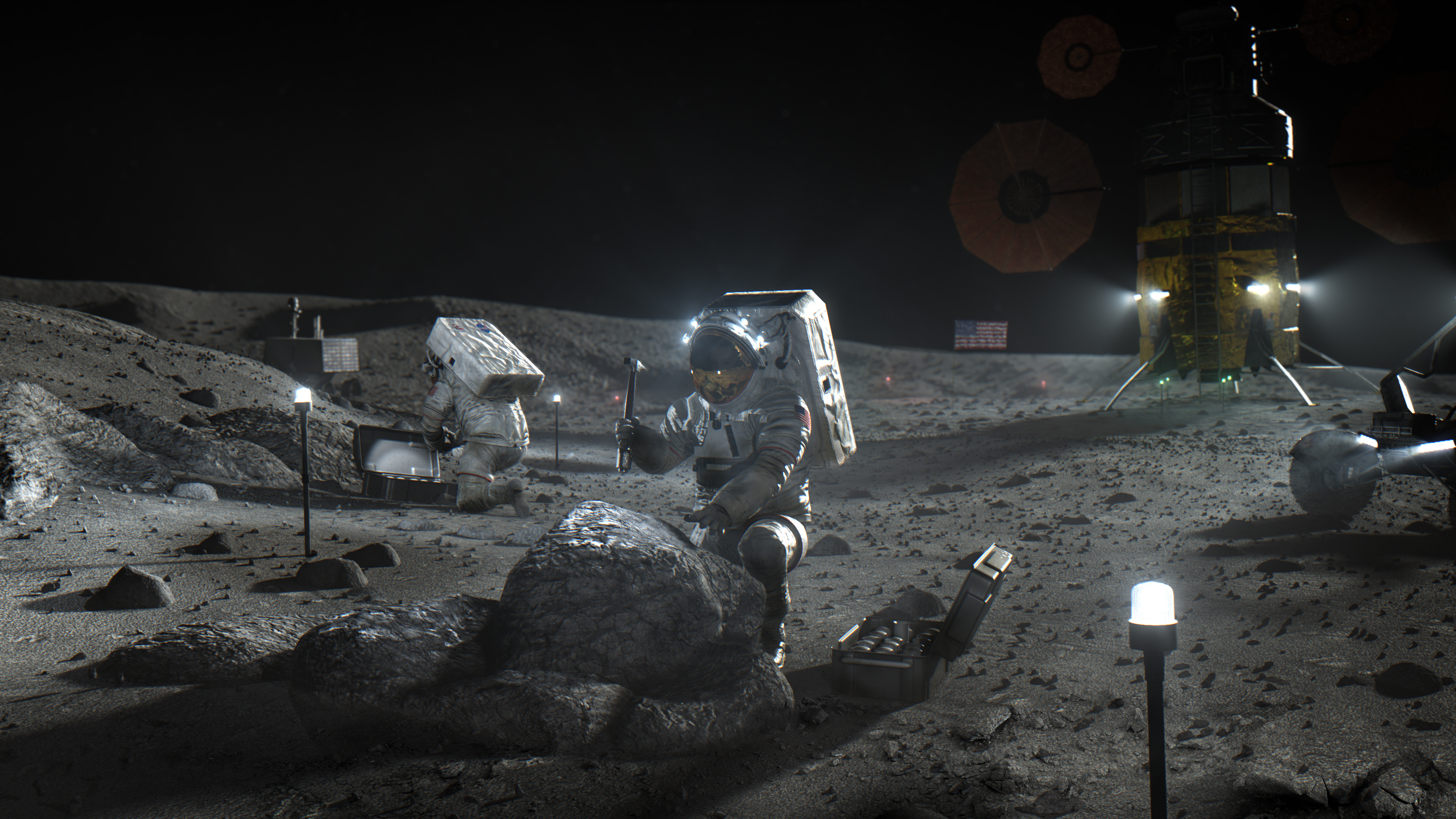Learn More About ROI

About ROI
ROI is the implementation arm of HRP, developing efficient plans for conducting human research aboard the International Space Station and in spaceflight simulations.

Implementing Human Research
ROI determines how best to use spaceflight and ground-based spaceflight simulations to maximize research on the effects of long-duration spaceflight on human systems and the safeguards scientists are developing to protect crew health.

Facilities
Take a look at the facilities – both on Earth in space – that ROI uses to conduct numerous scientific investigations concerning how the human body adapts to a spaceflight environment.

Meet the Team
Meet the team behind ROI, including element managers and scientists who help facilitate the research aboard the International Space Station and in simulations on Earth.

Collaborate With HRP
Find different ways to collaborate with NASA’s HRP and help us discover how to keep the next generation of space explorers thriving on future missions to the Moon, Mars, and beyond.
Cross-Cutting Research Efforts
ROI supports the implementation of broad research campaigns that span HRP's elements. These include:

Complement of Integrated Protocols for Human Research (CIPHER)
NASA astronauts are returning to the Moon with plans for one day going to Mars. To better prepare astronauts for these long journeys, scientists need to know: How do extended durations in space change the human body?

Spaceflight Standard Measures
The project collects a core set measurements from astronauts throughout space station missions. This optimized, minimal set of measures is consistently captured from crewmembers to help characterize adaptive responses to and risks of living in space.

Biological Specimen Repository
ROI has built a storage bank to maintain biological specimens over extended periods of time and under well-controlled conditions. This repository archives blood, urine, and other biosamples for use in future spaceflight-related research.

Twins Study
What physiological, molecular, and cognitive changes could happen to a human from exposure to spaceflight? Researchers compared retired astronaut Scott Kelly while he was in space, to his identical twin brother, retired astronaut Mark Kelly, who remained on Earth.
Steps to Mars
Explore the steps we are taking to prepare humans for long-duration spaceflight. We aim to combine insights from Earth-based simulations of life in space with research conducted on the space station and on future Artemis missions to get NASA ready to send crew to deep space.
The Human Body in Space
For more than 50 years, NASA’s Human Research Program (HRP) has studied what happens to the human body in space. Researchers…
Read the Story

































